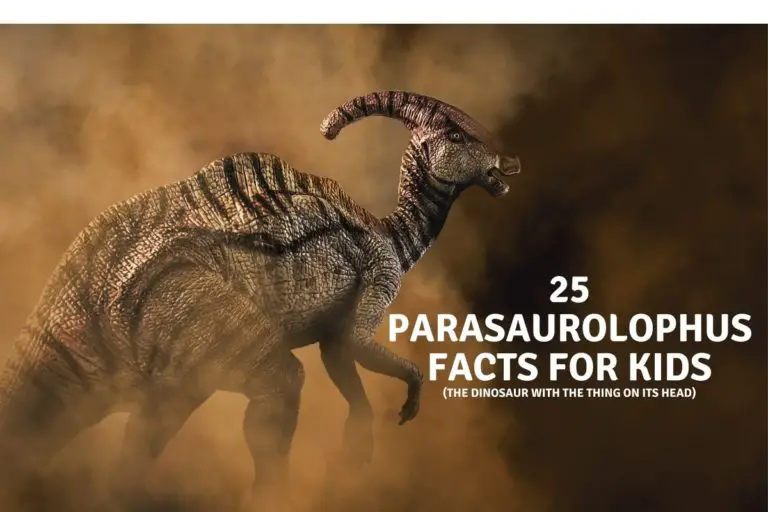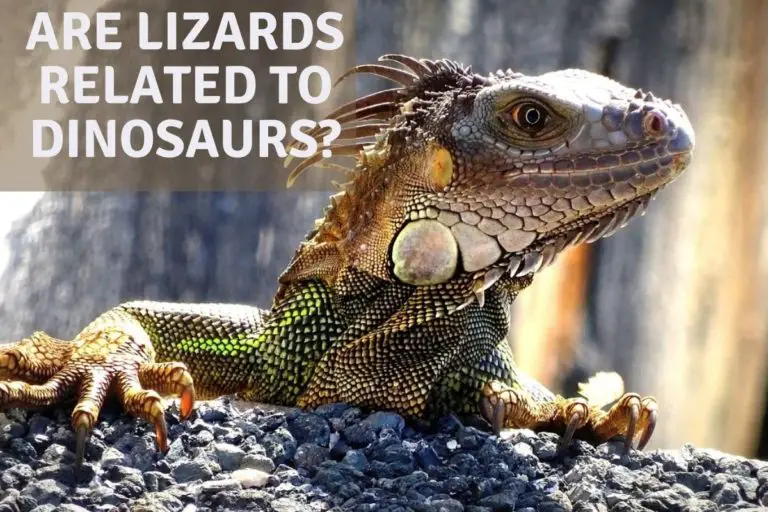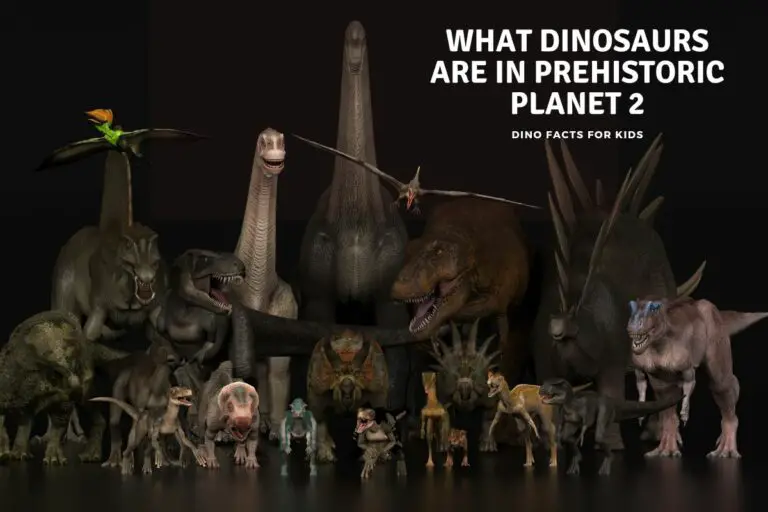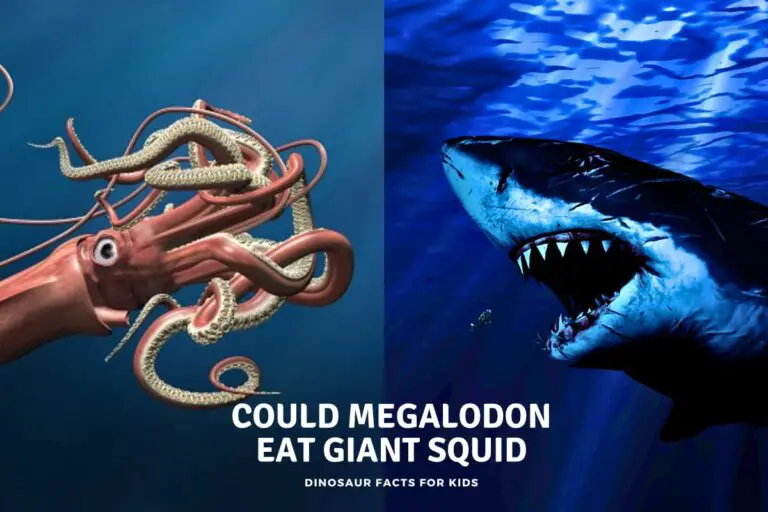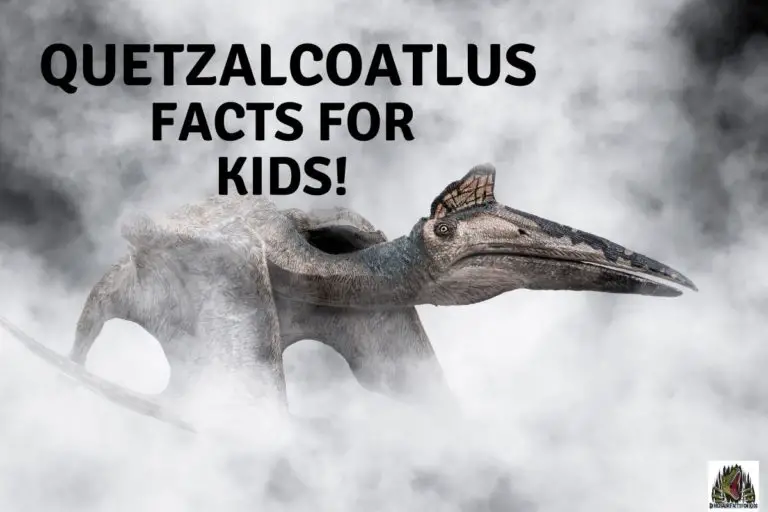Did Dinosaurs Have Thumbs?
Recent discoveries have opened up a dinosaur debate that was once thought settled. the discovery of Kunpengopterus antipollicatus, more commonly known as the Monkeydactyl (thankfully) fossils have shown possible evidence of not only thumbs, but possibly opposable thumbs is this prehistoric reptile. This has sparked renewed interest if there are species of dinosaur that may have had thumbs, and even manipulating opposable ones!
Current evidence suggests that dinosaurs did not have thumbs. Their hands were typically composed of fingers with sharp claws, with no ability to oppose their thumb. Their hand anatomy was adapted for specific environments and lifestyles, but not for manual dexterity in the same way as our hands are.
while the importance of thumbs in modern animals cannot be overstated; they provide the manual dexterity necessary for tasks such as grasping, manipulating objects and tools, and performing various other actions evidence is rare that shows dinosaurs possessed them, at least to the same level of functionality.
However the answer is not quite as clear cut as a resounding no and in this article, we will explore the evidence and theories surrounding the existence of thumbs in dinosaurs and the implications for dinosaur behavior.

Is There Evidence of Dinosaur Thumbs?
Fossil records: Fossil records provide basically all of our knowledge and evidence of dinosaur anatomy. Despite the wealth of information that can be gleaned from fossils, the evidence of dinosaur thumbs is limited. There are dinosaurs like iguanodon that appeared to have thumb spikes, but with little to no movement, but there are few other examples.
Comparison to modern animals: One way to approach the question of dinosaur thumbs is to compare the anatomy of dinosaurs to that of modern animals. For example, the hand bones of birds, which are the closest living relatives of dinosaurs, have a thumb-like structure though by no means can it be manipulated or grasp things.
Limitations of current evidence: Although there are plenty of fossils discovered and I’m sure plenty more to be discovered, it is only a partial at best look at what dinosaurs would have looked like and their anatomy. The limitations of the current evidence make it challenging to determine with certainty whether dinosaurs had thumbs. The fossil record is very incomplete, and the bones of small dinosaurs, which may have had different anatomy, are particularly scarce.
However there is something that was alive at the same time as the dinosaurs that is thought to have had thumbs, and not just any old thumbs, opposing ones as well! so common knowledge does have the capacity to change, and who knows we may well have a thumbed dinosaur jsut waiting to be unearthed.
Kunpengopterus antipollicatus had Opposing Thumbs.
Long thought that mammals were the first to evolve opposing thumbs, one prehistoric reptile has been discovered in china that is challenging this long held belief.
Kunpengopterus antipollicatus is a recently discovered species of pterosaur, an extinct group of flying reptiles. Although often mistaken for dinosaurs, pterosaurs were not dinosaurs, but rather a separate group of reptiles that coexisted with dinosaurs. We have more information on these here on the site.
Kunpengopterus antipollicatus is only known from a single fossilized specimen found in China and was described in 2020. It is known for having long, slender fingers with a unique, “fingerless” thumb. In fact its scientific name, antipollicatus, actually means ‘opposite thumbed’ . kunpengopterus means Whale Bird Wing and the peterosaur is named after a mythical whale who could turn into a bird and the northern lights.
The thumb of Kunpengopterus antipollicatus is much shorter than the other fingers and does not have any visible phalanges (the bones that make up the fingers). The discovery of an opposable thumb in an animal that lived alongside dinosaurs does beat mammals who were thought to have been the first animal to have evolved opposable thumbs.
The exact purpose of the unusual thumb of Kunpengopterus antipollicatus is not yet known. However, it is possible that the thumb was used for grasping or stabilizing itself or other objects, or that it played a role in the animal’s flight or landing abilities.
However, with this being a flying reptile, and not a dinosaur, it only shows opposable thumbs are older than we thought, but does not offer proof that dinosaurs had them,
Did Iguanodon Have a Thumb?
it certainly looks like Iguanodon had a thumb, and in most images, illustrations and models not only does it look like it has a thumb it seems like it is giving everyone a thumbs up!
Despite originally thought to be a spike on the nose of an iguanodon, its rather fearsome looking ‘thumb’ was indeed on its hand. Its purposes, or purposes ( most likely) is still an open debate. Rather than be a thumb as we know it, it is what is called a false thumb.
Unlike thumbs of modern day mammals (or even the Monkeydactyl we discuss later) the iguanodons thumb was rigid and certainly not on current fossils opposable or grasping. So while it looks like it was cheery and happy giving a thumbs up to everything it came across, actually it had no choice but to do it. that thumbs wasn’t moving!
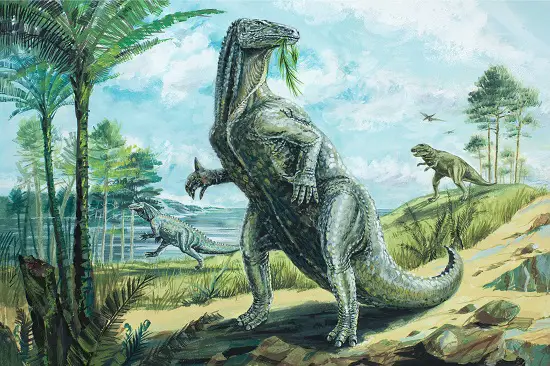
However, if the iguanodons thumbs wasn’t used for pretending it was the Fonz ( we include a link on who the Fonz was for readers younger than me!), or for grasping and holding things there is still no clear consensus on why the iguanodon had evolved its thumb spike. Currently there are three popular theories which are as follows.
- The thumb spike was used as a weapon for self-defense against predators, or even against rival iguanodons. the theory suggests that the spike would have been used to hit any predators close enough. However, this still means it would have to be close enough to a therapods teeth to do this,
- The thumb spike may also have been used as a tool for stripping branches or breaking open tough nuts or seeds.
- The thumb spike may have served as a display of strength, health, or fitness, like in other horned dinosaurs and antelope or deer today, used to attract mates. Ironically this would have made the similarity with the Fonz more accurate!
- It could also have been a combination of all three of the theories above.
Waht ever it was used for it was more of a spike that a thumb and would have had limited, if any, movement when compared to the other fingers on an iguanodon hand.
Did T-Rex Have A Thumb
Almost every picture, or fossil you will see of a Tyrannosaurus rex will show 2 fingers at the end of its small but deceptively powerful arms and it is not currently thought that a third finger and definitely not a thumb was present on the hands of this huge carnivore.
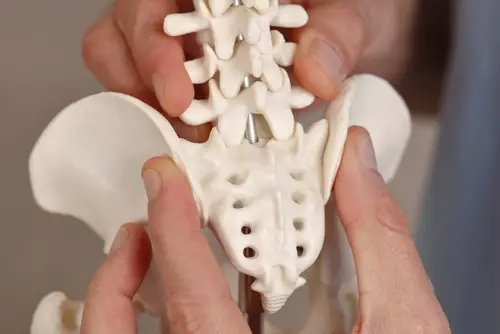
.However, some scientists have suggested that the T. rex may have had a small, vestigial middle finger that is rarely preserved in the fossils discovered. In fact a full t Rex Forearm was not discovered until 1989.
This ‘spare finger’ is thought to be vestigial and would have unlikely to have been visible when the dinosaur was alive. ( like the tailbone – coccyx- in humans – yes you have the remains of a tail inside you!) it, like a T-Rex third finger, is very small and fortunately or not, is not visible outside of your body.
So like the question did the t-Rex have wings, the answer with to the question did t-Rex have thumbs is, based on current knowledge, nope just those two clawed fingers.
Did Velociraptors Have Thumbs?
Although door opening raptors have appeared on our screens in the Jurassic World franchise, and if any species would be likely to be more advanced it is likely to be a smaller theropd there is still no scientific evidence to suggest that raptors, such as Velociraptor or Deinonychus, had opposable or otherwise thumbs.
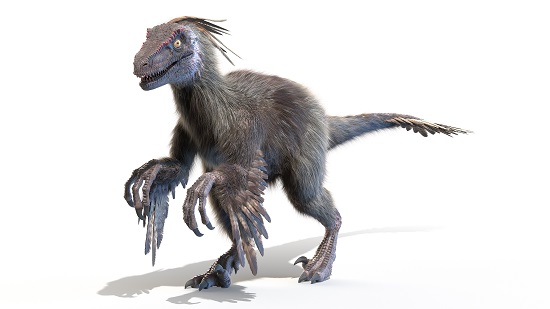
All complete enough fossilized skeletons of these dinosaurs have not shown evidence of an thumb, and the hands of raptors are typically reconstructed as having three fingers with large, sickle-shaped claws, but without the ability to grasp objects.
Raptors are believed to have used their sharp claws for hunting and capturing prey, rather than for manipulating objects. Their anatomy, which includes long arms and highly maneuverable fingers, would have been well-suited for grasping and holding onto struggling prey, but not for fine manual dexterity. though perhaps it’s not too far to go to suggest that they could have worked to open those doors.
What if Dinosaurs had thumbs.
We take a look at what Implications for dinosaur behavior is would have if they are found to have thumbs. This is pure speculation on our part so please don’t read it as anything but that!
Tool use
If dinosaurs had thumbs, it would suggest that they had manual dexterity and the ability to use tools. For example, they may have used tools to obtain food or to build nests. We don’t think they were quite ready weighing hammer, weapons or anything similar, but tool use is quite common throughout the animal kingdom
Social interaction
The existence of thumbs in dinosaurs, if ever discovered, may also have implications for social interaction. For example, the ability to manipulate objects and perform more complex actions may have played a role in the evolution of social behaviors, such as communication and cooperation. Again we don’t think “the Fonz” level of use was likely! and they certainly wouldn’t have been giving a thumbs up after a successful hunt!
Hunting and defense mechanisms
Finally, the existence of thumbs in dinosaurs may have implications for their hunting and defense mechanisms. For example, the ability to grasp and manipulate theur prey, while the ability to use tools may have provided a defense against predators.
However this is incredibly unlikely, as hunting dinosaurs were more than well armed ( ha!) enough without using rocks or branches to attack. It also would credit them with a primate level of intelligence they certainly didn’t possess.
What Are Opposable Thumbs
Opposable thumbs are a defining feature of primates, including humans, that allow for fine motor skills and the ability to grip objects between the thumb and fingers. This means you can use your thumb to move independently and touch each finger to your thumb – this is called opposable.
Opposable thumbs are relatively rare in the animal kingdom because they require a complex combination of physical and behavioral adaptations. These adaptations include the development of a joint in the thumb that allows it to move in opposition to the other fingers, as well as the ability to control the movement of the thumb through the use of muscles and nerves.
Additionally, the evolution of opposable thumbs is often tied to specific environmental and ecological pressures, such as the need to grasp and manipulate objects, or to manipulate food items.
Opposable thumbs are developed by complex and rare process that has only occurred in a few groups of animals, including primates, some marsupials, and some species of birds and arguably one frog!
What Animals Have Opposable Thumbs?
Opposable thumbs are a defining characteristic of primates, and are also found in a few other mammals, including:
- Humans: we, presuming you are human reading this, have the most developed opposable thumbs, which allows us to perform complex manual tasks and make tools and hold pens and pencils, drive cars, and everything else that we take for granted.
- Primates: Other primates, we are primates too, like monkeys, gorillas, chimpanzees, and orangutans, also have opposable thumbs, although they are allegedly less developed than in humans lets see us swing through trees and grip branches like they can!
- Prosimians: although they look like primates, they are actually species like lemurs, and also have opposable thumbs, which they use for climbing and manipulating objects.
- Waxy Monkey leaf Frogs: has an opposable thumb, not quite as developed as humans so don’t hand it a pen just yet.
- Some species of marsupials: Some species of marsupials, such as koalas and possums, have opposable thumbs, which they use for climbing and grasping objects.
Do Lizards Have Opposable Thumbs?
I live in a tropical part of the world, with plenty of lizards, and while fortunately the large 2 meter monitor lizards have the common sense to stay outside, the smaller wall crawling geckos do come in to help with any insects that are also foolish enough to try to invade my home.
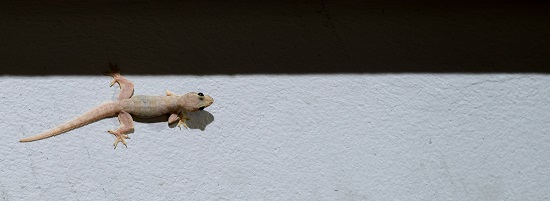
I am writing this watching one crawl up the wall, and notice on each of its legs there seems to be four fingers and a thumb. So while we are on the subject of dinosaur thumbs, i thought i would dig a little deeper.
No, lizards do not have opposable thumbs. The hands of lizards are typically composed of five fingers,( or toes) Lizards have a different type of manual dexterity, relying on their flexible fingers and toes to grip onto rough surfaces, rather than the ability to grasp objects.

Some species of lizards, such as geckos, have specialized adaptations that allow them to cling to vertical surfaces with incredible strength and maneuverability which explains the spiderman like speed it can move as soon as it sees me in my living room.
Conclusions
Dinosaurs are not thought to have had thumbs as we generally view them, some may have had vestigial ( remains) of them like a T Rex third finger which could not be seen outside of the body.
However there has recently been evidence discovered of opposable thumbs much earlier than first thought on a pterosaur called Kunpengopterus antipollicatus – nicknamed the Monkeydactyl – which may have used them for gripping branches trees.
However while there is not currently any evidence of thumbs on dinosaurs, this absence of proof does not 100% equate to proof of absence and research continues. If there were 65 million year old pterosaurs with thumbs then maybe there is small dinosaur fossil waiting to prove us all wrong.
References
- https://www.insider.com/meet-the-monkeydactyl-flying-dinosaur-with-opposable-thumbs-2021-
- https://www.zmescience.com/science/oldest-known-animal-opposable-thumbs-92427245/
- https://www.smithsonianmag.com/science-nature/a-mysterious-thumb-12453139/
- https://www.newscientist.com/article/dn11047-birdlike-dinosaur-boasted-opposable-fingers/
- https://www.usatoday.com/story/news/2021/04/13/dinosaur-oldest-opposed-thumbs-monkeydactyl-discovered/7202115002/
- https://www.smithsonianmag.com/science-nature/a-mysterious-thumb-12453139/
- https://a-z-animals.com/blog/10-animals-with-opposable-thumbs-and-why-its-so-rare/
Hi, I am Roy Ford a General Studies and English Teacher who has taught all over the world. What started as a fossil collection became a great way to teach, motivate and inspire students of all ages and all over the world about dinosaurs and from that and children’s love of dinosaurs came the site dinosaur facts for kids, a resource for all ages.

